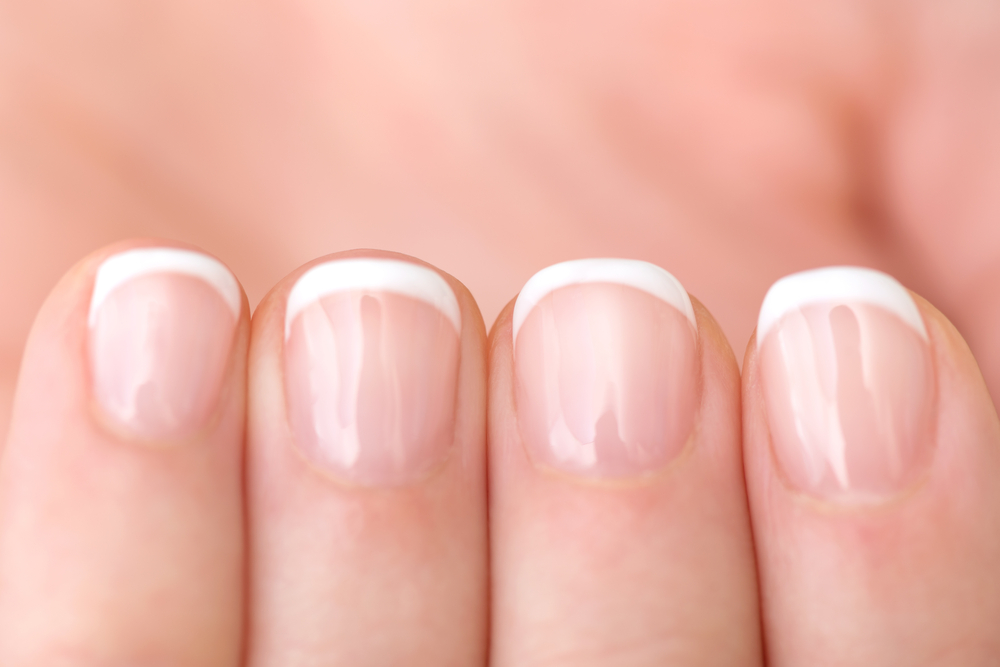Researchers Link Severe Forms of Systemic Sclerosis with Fingernail Ailments

Patients with severe forms of systemic sclerosis (SSc) may frequently develop fingernail abnormalities, with such changes affecting four out of five SSc patients in a small study in France.
The study, “Nail Involvement in Systemic Sclerosis,” appeared in the Journal of the American Academy of Dermatology (JAAD).
“Whereas skin abnormalities have been described extensively in SSc, nail involvement has rarely been recognized in these patients,” wrote researchers, who examined the nails of 119 SSc patients (whose mean age was 54) and 80 healthy individuals (mean age: 55) to assess the prevalence of fingernail changes in SSc and their relationship with other features of the disease.
They found fingernail changes prevalent in 80.6 percent, or 104 patients, in the SSc group. They were far more likely than the healthy group to have trachyonychia (rough nails); scleronychia (thickening of the nails); brachyonychia (racquet nails); parrot beaking (nails resembling a parrot’s beak; pterygium inversum unguis (the nailbed adheres to the nail’s inner surface); splinter hemorrhages (small blood clots under the nails); and cuticle abnormalities.
Fingernail abnormalities were also associated with digital ulcers, calcinosis (formation of calcium deposits), and higher mean nailfold videocapillaroscopy scores, a measure of blood vessel anomalies.
“This study underlines that fingernail changes are correlated with more severe forms of SSc characterized by digital microangiopathy, including digital ulcers and calcinosis cutis,” researchers wrote.
“On the basis of these findings, we suggest that careful examination of the fingernails should become an integral part of a complete physical examination in SSc,” they added. “Furthermore, fingernail changes, such as parrot beaking, pterygium inversum unguis and cuticle abnormalities, may be included in the American College of Rheumatology/European League Against Rheumatism classification criteria for SSc.”
SSc patients have fibrosis in the skin and other organs, as well as dysfunctional blood vessels. People with SSc often develop Raynaud’s phenomenon, a disease in which cold temperatures or emotional stress cause blood vessels in their hands and feet to temporarily narrow, impairing blood flow to these regions — with severe consequences.






